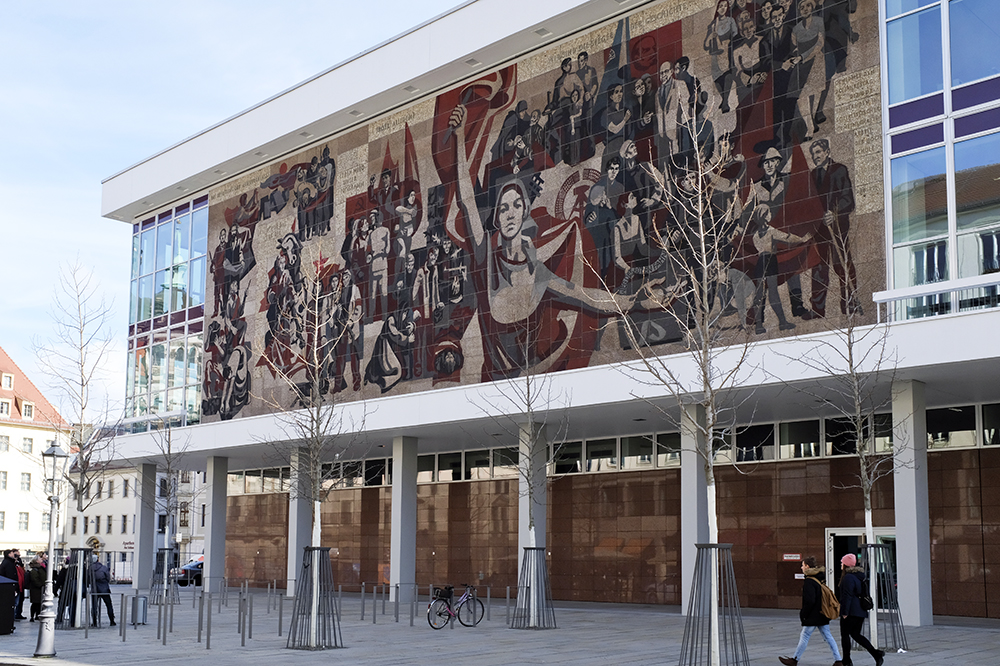
My other reason for visiting Dresden was the art.
We stopped at the Albertinum on our first day in town to immerse ourselves in contemporary art, from the Romantic period to the present.
As we entered the cavernous main hall, past the staring heads of fragmented sculptures, I learned of two special exhibitions.
The first was on a German Expressionist painter I’d never heard of: Carl Lohse. His work anticipated many of the things I would come to love about the Die Brücke group. The startling colours and bizarre contrasts.
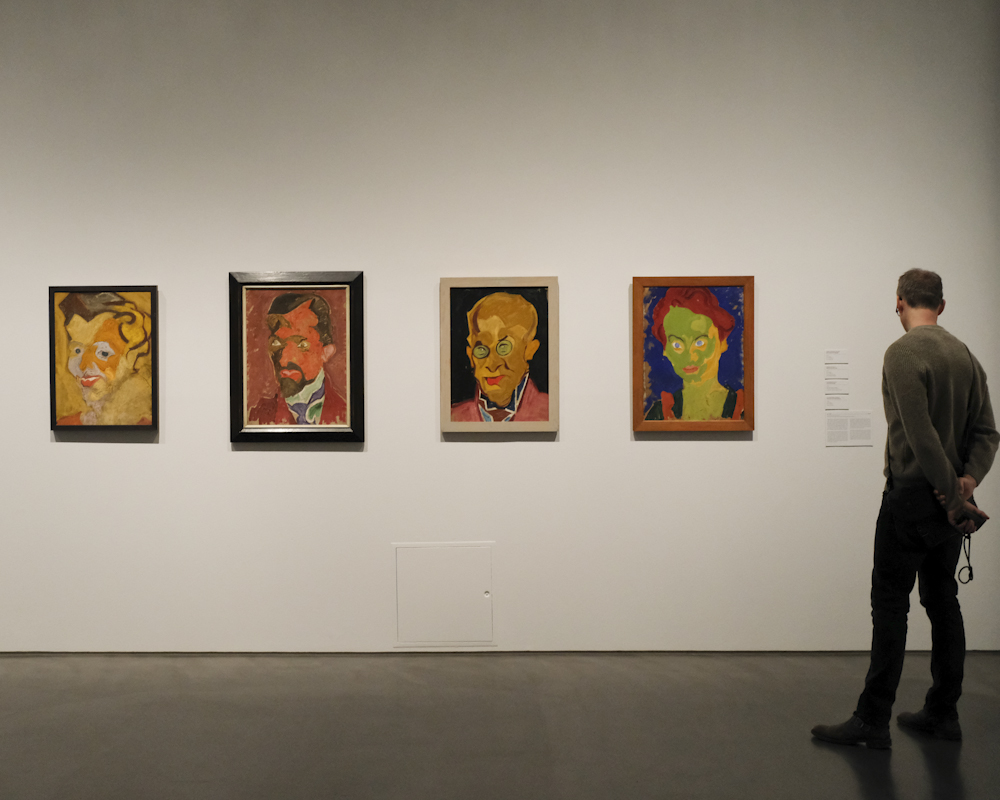
I had developed an interest in this school of German Expressionist painters several years before: to their weird, disturbing colours, their bold lines, and to stories of the unconventional lifestyle they tried to create here in Berlin and on the Baltic coast. The Albertinum had several paintings by these artists, too.
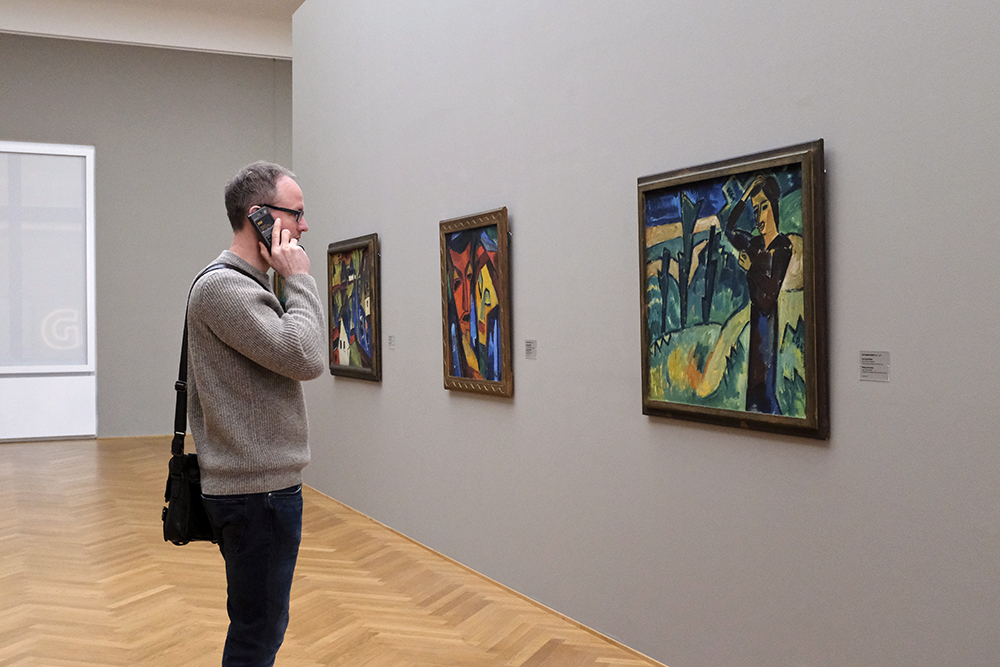
On the next floor, we entered through two rooms devoted to the theme of the German forest. Forests exerted a formative influence on German mythology and the German way of seeing the world. They shaped the national myth of the Nibelungenlied, and influenced the fairy tales of the Brothers Grimm. We even see the forest represented in the structure of Gothic cathedrals with their great soaring columns and naves.
This was the perfect place to show off the Albertinum’s wonderful collection of paintings by Caspar David Friedrich, whose landscape paintings have come to symbolize 19th century German Romanticism. Friedrich settled in Dresden permanently from 1798.
There were so many wonderful highlights in this museum, from Gaugin’s “Parau Api. What’s news” to several paintings from Die Brücke which I had never seen outside a book.
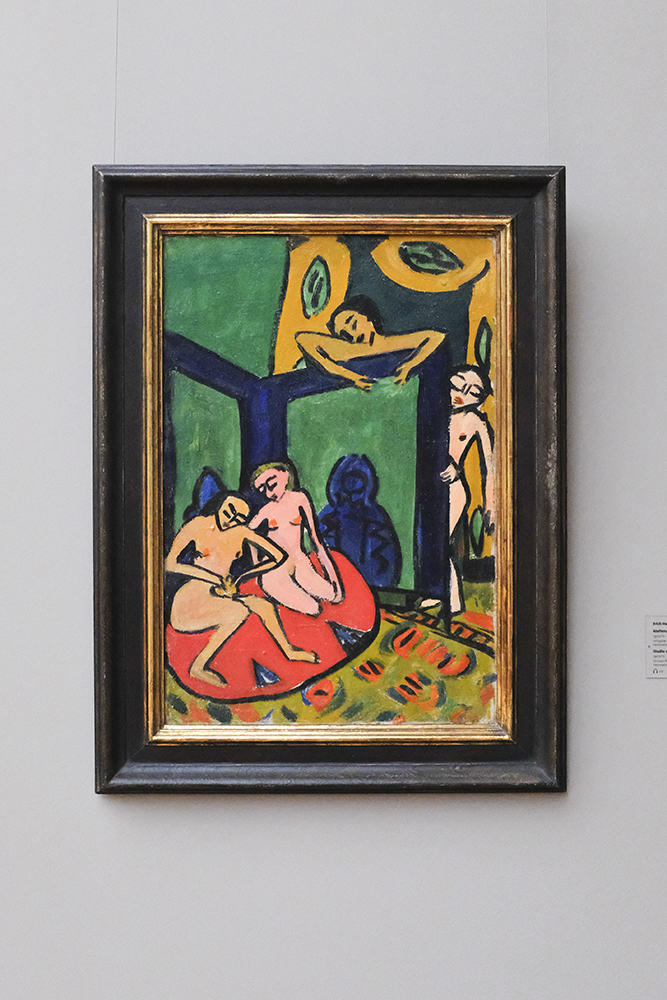
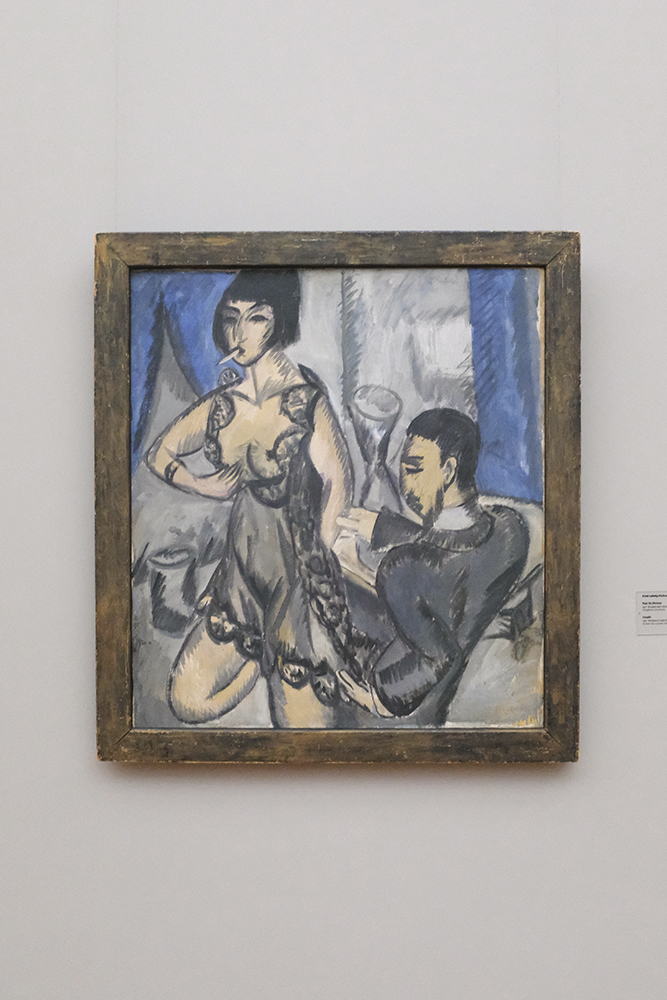
After several intense hours of study, we were in serious need of replenishment. It was far too early for beer — at least if I hoped to continue with my mental clarity intact — and so we followed the German way and opted for kaffee and kuchen.
Dresden’s contribution to the world of German cake is the eierschecke, or “egg custard cake”, a three layer delight formed with a yellow egg-based top layer, a creamy white curd cheese middle layer (“quark” in German), and a base of sponge cake or yeast dough. We knew of a cafe near the Albertinum called Dresdner Kaffeestübchen where the proprietor’s grandmother had brought this to the realm of art, and we were not disappointed.
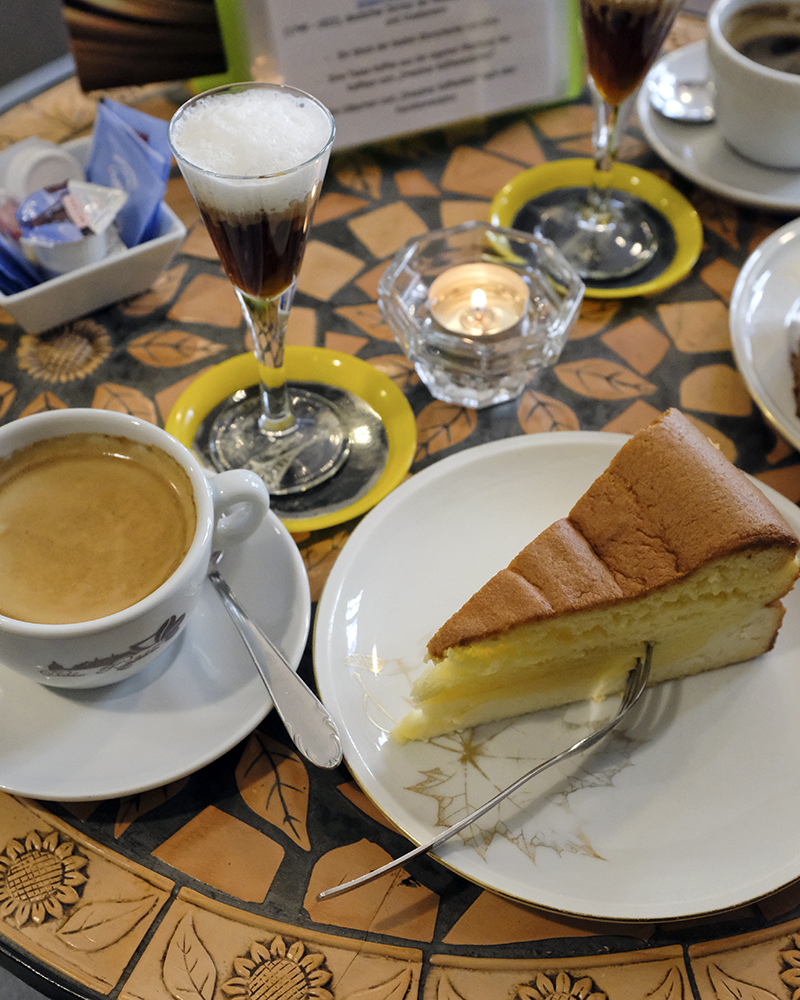
So, okay, I have my wind back, and that’s a good thing, because Dresden is not finished with us yet.
Where the Albertinum houses the Galerie Neue Meister (the New Master’s Galllery), there is a nearby complex which houses the Galerie Alte Meister (the Old Master’s Gallery). And that building is one of Dresden’s most distinctive pieces of architecture.
The Zwinger once formed an “outer bailey” to the Residenzschloss, but Augustus the Strong saw that there were indeed medieval party people in the house, and he called for his fiddler’s three.
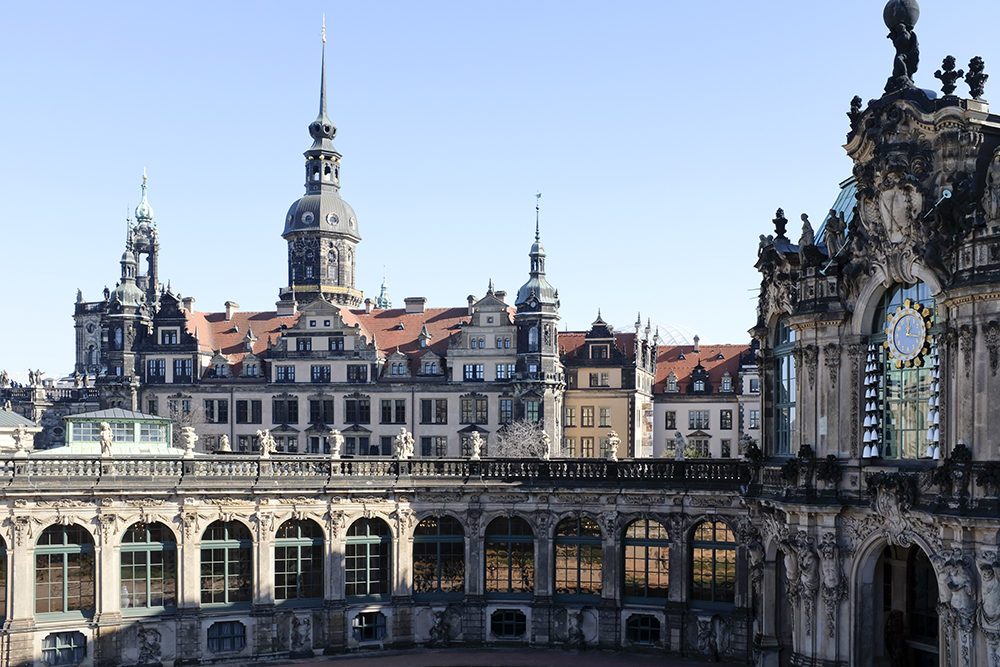
While he was at it, he also called for the architect Matthäus Daniel Pöppelmann and the sculptor Balthasar Permoser, and they transformed the Zwinger into a Baroque outdoor ballroom. Two curving gateways give access to a symmetrical garden with hedges and lawns. A one-storey balustraded wing encircles the space, topped by bare-breasted nymphs, leering satyrs, a massive Polish crown, and a statue of Augustus as Hercules carrying the world on his shoulders.
It must be such a wonderful garden to wander through on a summer evening. But this was winter, and a cold Eurasian wind was sweeping across the pains from Moscow. Fortunately, the Zwinger houses several more collections worth exploring.
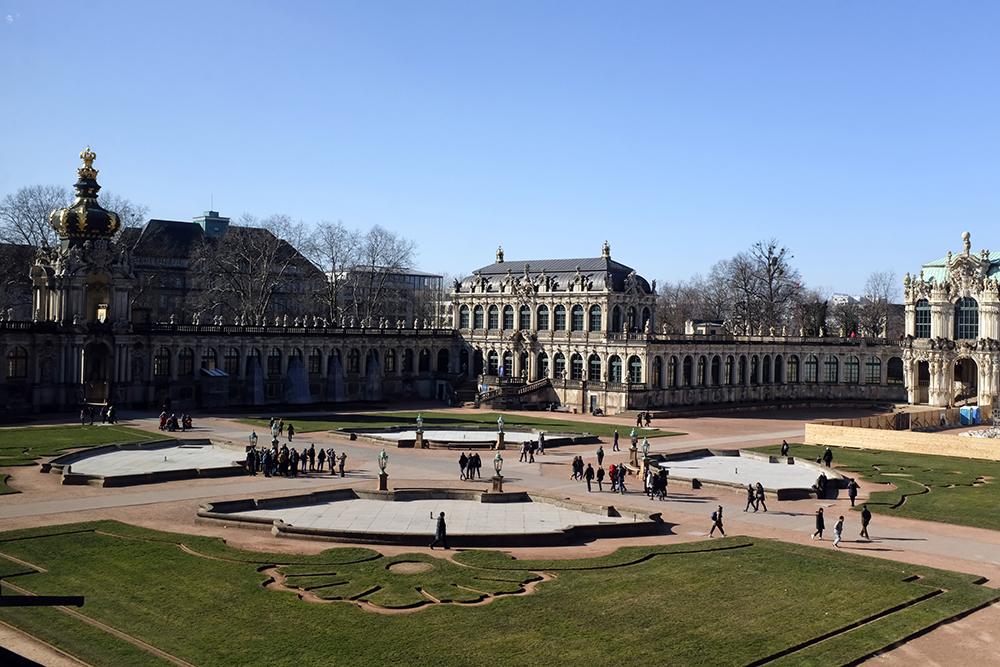
The largest section contained the Old Master’s Gallery. While I didn’t enjoy it as much as I had the New Masters, partly because of the crowds and partly because of the time periods on display, there were some wonderful paintings to absorb, including an excellent collection of works by Lucas Cranach (both Elder and Younger) and Holbein.
Raphael’s Sistine Madonna, with its bored angels, was a major highlight of the collection. But I preferred a group of small paintings which depicted typical scenes of life and work, including one called Hermit Reading, in which of course I saw myself in a distant but inevitable reclusive future.
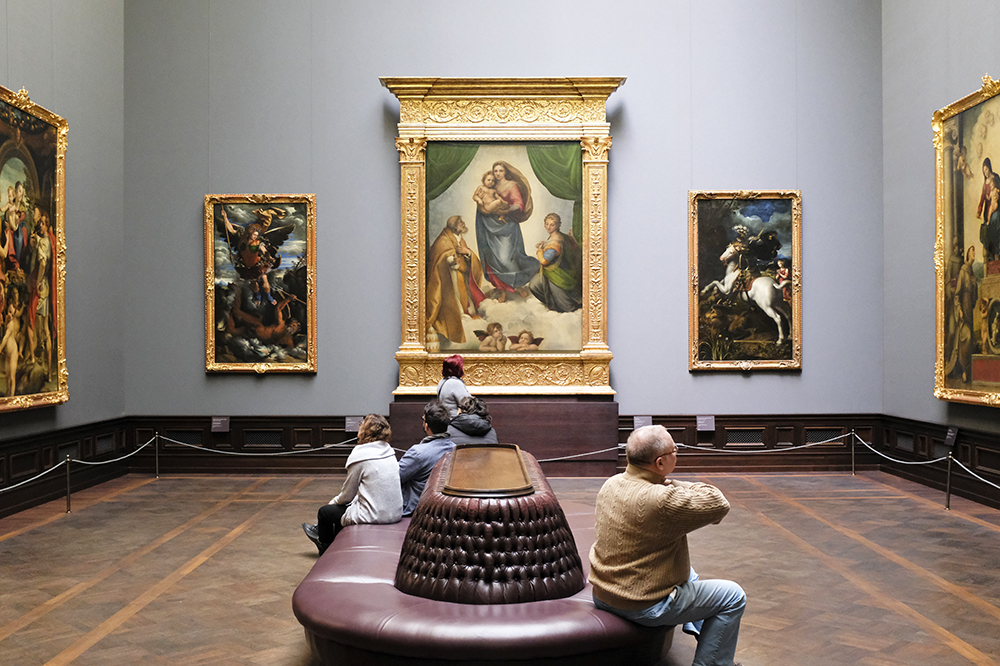
When you’ve had enough of art, you can venture into the Zwinger’s more distant wings to explore Augustus’s vast collection of porcelain — the nearby town of Meissen is famous for it — and his collection of scientific instruments.
I lost myself in the latter section for an hour, pouring over finely crafted cartographic instruments, delicate brass measurement devices, and especially the globes.
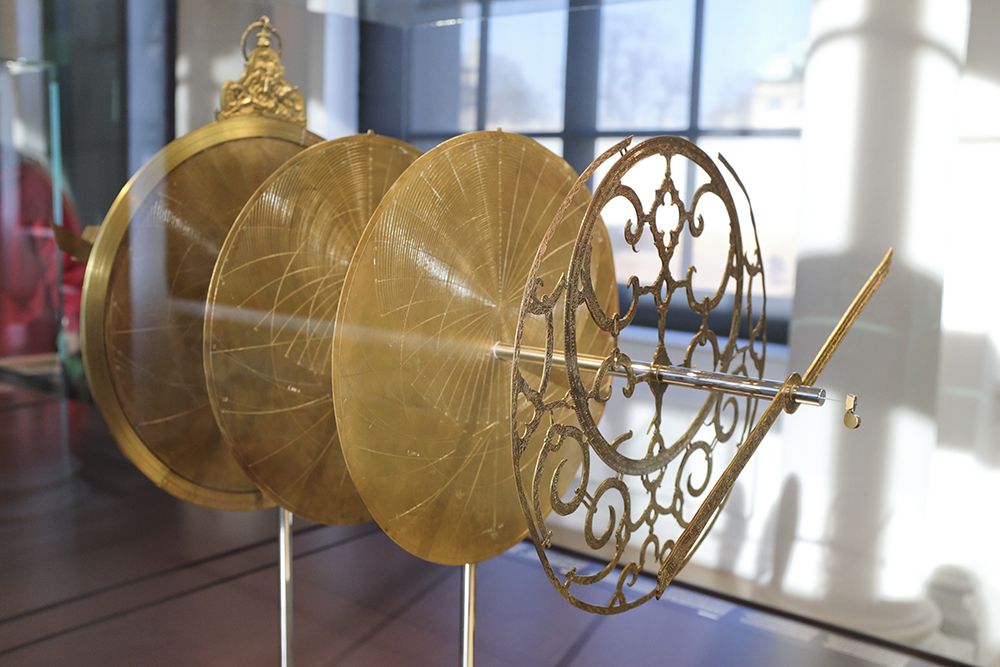
There were inflatable globes, pocket globes, globes that popped up like umbrellas, and even globes which transformed themselves into hats. I was particularly covetous of one massive floor globe.
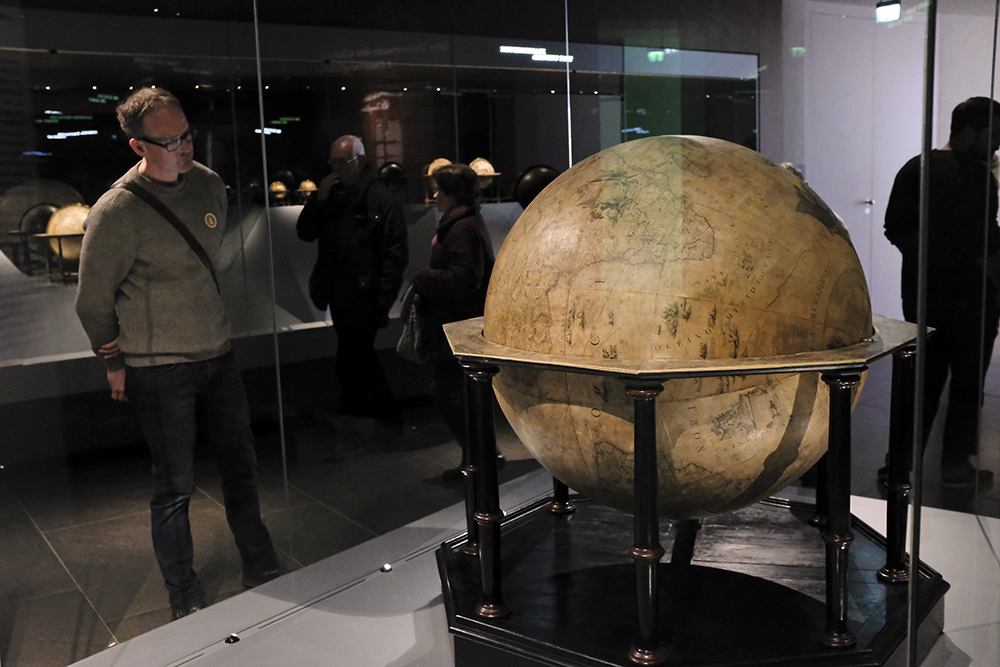
During my first couple years on the island of Malta, I rented a 400 year old palazzo. At some point in the distant past, it had belonged to an archbishop from Naples, and the space we used as our living room had once been a private chapel. This was a strange room to furnish, because the section where the altar must have stood was set apart. It’s marble floor was raised, and the ceiling had a different type of vaulting, too.
Our landlord had placed a carved antique swing from India in this dead space, but no one used it except, on occasion, my cat. Standing there in the Zwinger, I realized that section of the living room would have been perfect for a floor globe like this one.
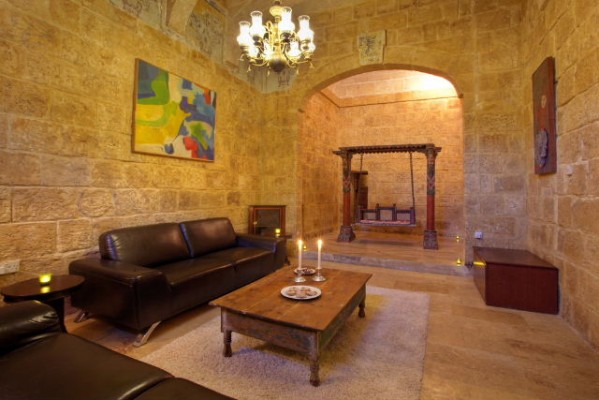
I vowed that, if I ever again live in a palazzo, I will commission the finest court artist to build me one of these enormous globes.
“I’ll have to hire Atlas to lift the damned thing,” I said, already making plans in my head.
And then my wife reminded me that I am a writer, and writers are penniless.
Atlas shrugged.
I retrieved the remains of my winter coat from a locker — the same coat I wore in Ottawa winters, when I staggered through snowdrifts to my last temp job in 2005 — and we trudged on down-at-heels shoes to find dinner.
But I would not be thwarted, and I continued to dream.
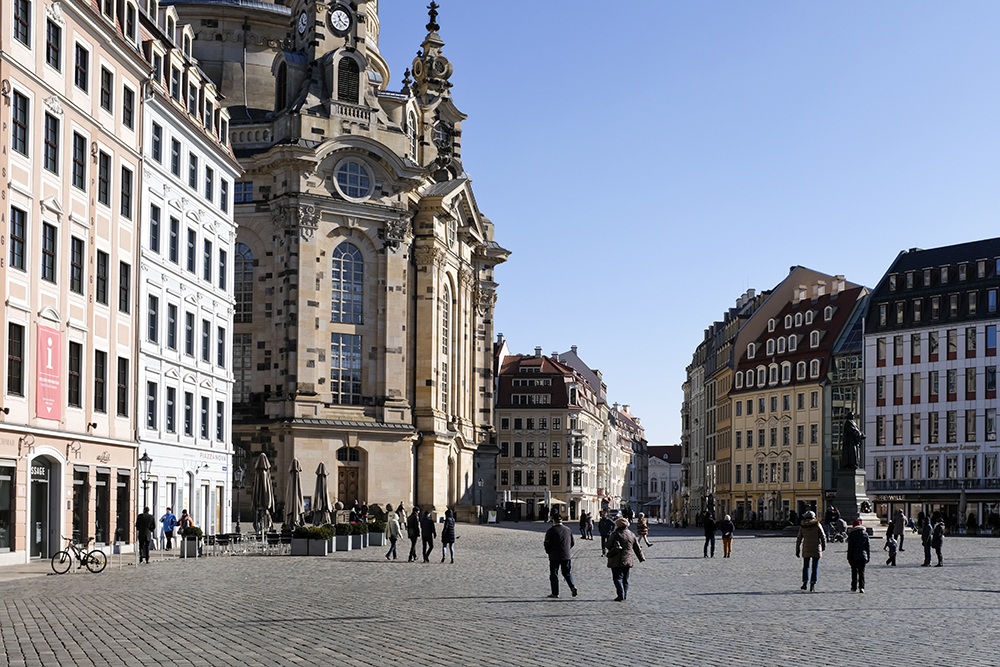
Photos ©Tomoko Goto 2018

Get your FREE Guide to Creating Unique Travel Experiences today! And get out there and live your dreams...

Have you visited Dresden Neustadt or planned a trip to Leipzig? Both is like the cool parts of Berlin 15-20 years ago before the tourists came 😉
Yes, spent some time wandering in Dresden recently. We haven’t yet been down to Leipzig, but have talked about it endlessly. Hiking season will be upon us soon, too. Really looking forward to that.